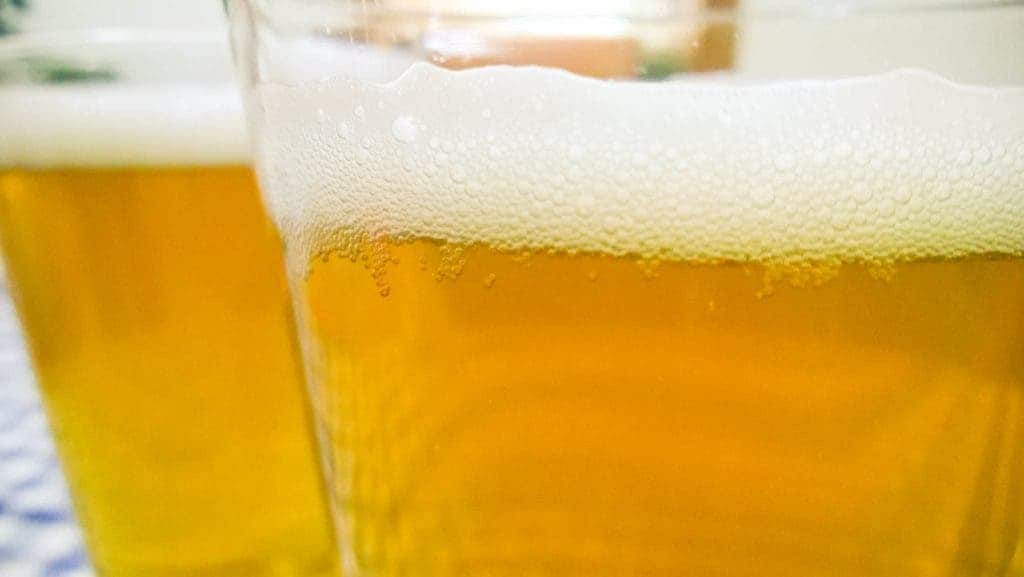Amid the growing popularity of craft brewing around the world, brewers are starting to realize that beer produces a lot of waste. The waste byproducts of beer brewing are growingly becoming an environmental problem — but there might be an accessible solution to turn grain waste into protein sources and biofuel.

Making beer involves malting, milling, mashing, boiling, cooling, and fermenting grain. About 20 kilograms of byproducts are produced for every 100 liters of beer brewed, 85% of which is brewer’s spent grains. Rich in cellulose, protein, amino acids, and minerals, some of the grains are used for cattle fed but most end up in landfills. That just won’t do.
“There is a critical need in the brewing industry to reduce waste,” Haibo Huang, the study’s lead researcher, said in a press conference. “Most beer we are drinking is made from barley. But the problem is that not all components in barley can be fermented in beer. The unfermentable accumulated are unused, leading to environmental concerns.”
With 30% protein and 70% fiber, the spent grain is a wasted opportunity, Huang and his team of researchers say. They partnered up with local breweries in the US to find a way to transform leftover grain into value-added products. Together, they developed a method to separate the grain into a protein concentrate and fiber-rich material.
While other techniques require the waste grain to be dried, this new method works with wet grain powder – fresh from the beer processing plant. The researchers tested commercially available enzymes and found alcalase was the one that separated the fiber and the protein most efficiently. Once separated, the grain pulp is sieved, yielding two products rich in fiber and proteins.
Up to 83% of the protein in the spent grain was recaptured in the protein concentrate. The researchers first proposed to use the protein to make fish feed for aquaculture. They argue up to 50% of the fish meal in the shrimp industry could be replaced by this protein powder which could also be used for the food of other animals.
“Fish meal is used as a protein source in the shrimp industry and the price of fish meal has increased a lot, more than five times over the last few years. That created an economic burden to the shrimp farmers. Our protein could provide a sustainable and low-cost protein source,” Huang said in a press conference, even suggesting to use the protein for human food.
However, that still leaves the remaining fiber-rich product without a specific use. Huang and his team experimented with the bacteria Bacillus lichenformis, which was recently found at Yellowstone National Park, to produce 2,3-butanediol, a compound in a variety of products, including biofuels.
Looking ahead, the researchers will continue working to scale up the process of separating the protein and fiber components so as to keep up with the volume of spent grain generated at breweries. They are also looking at how to make the separation process economically sustainable, as the enzyme used is expensive. That’s why they are looking for more affordable alternatives.
The research was presented at the American Chemical Society Spring Meeting.


